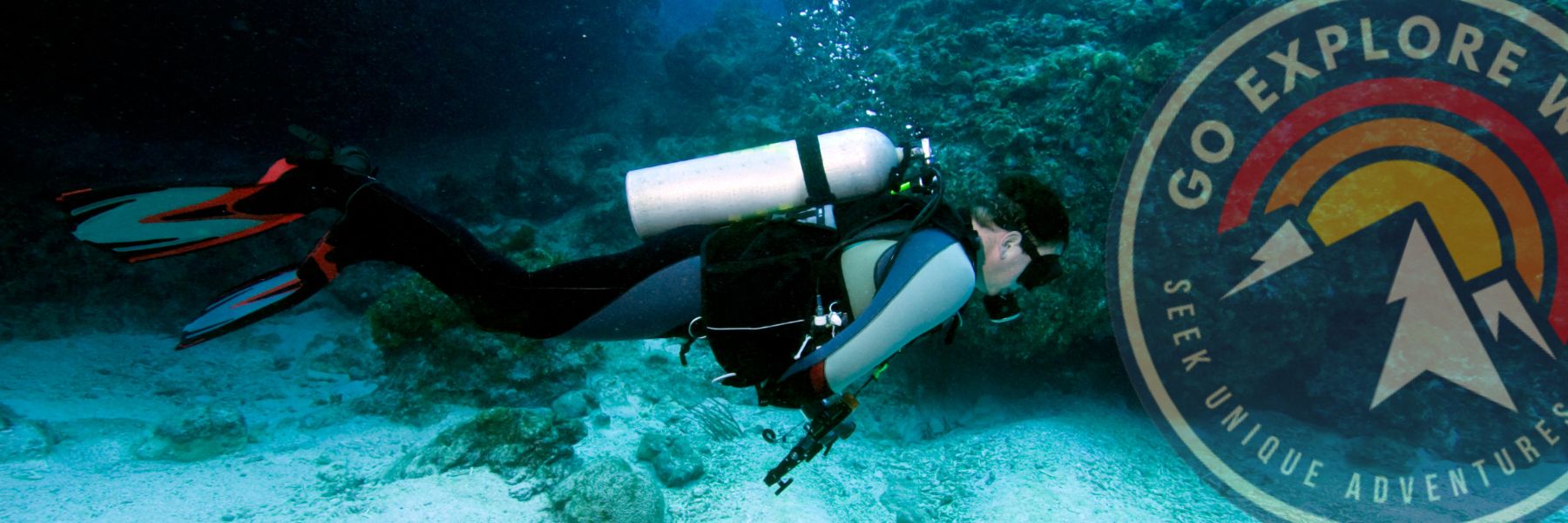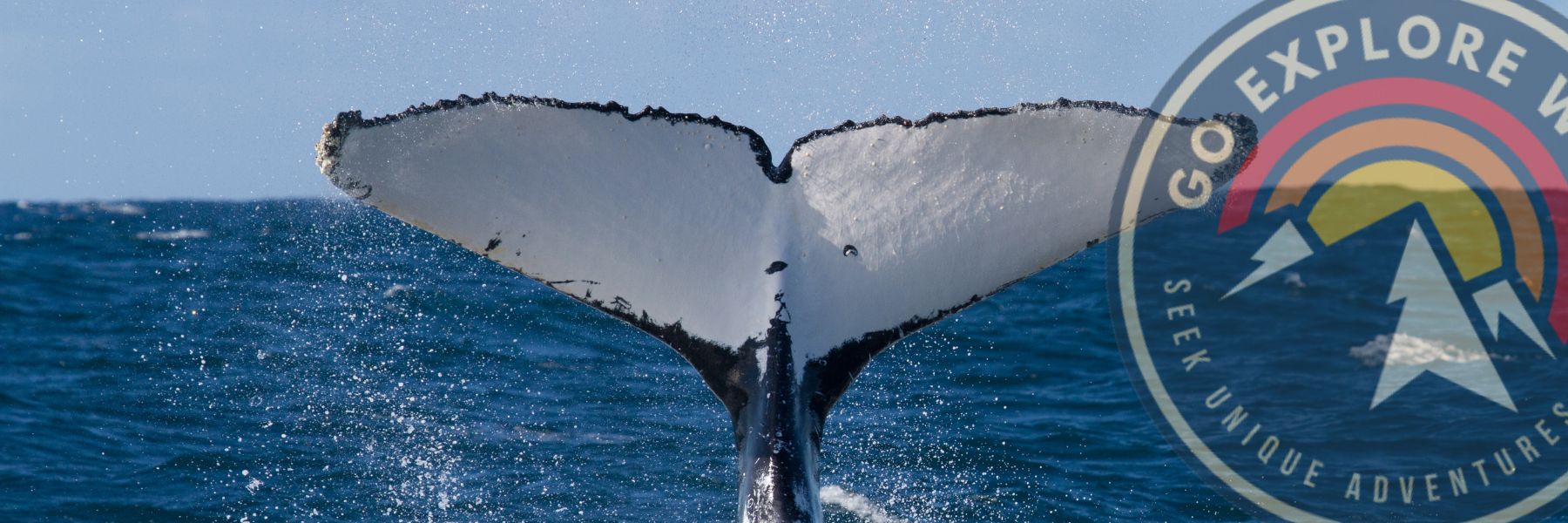Contents
I’ve done a lot of things in Costa Rica — ziplining over jungle canopies, diving with sharks, watching whales breach at sunrise — but few experiences compare to stepping foot inside Corcovado National Park. It’s not just another hike or nature walk. Booking a Corcovado tour is signing up for something raw, untamed, and honestly… kind of humbling.
This place is wild in every sense of the word. And that’s exactly why you should go.
Corcovado Tours – What makes this trip so special?
Let me put it this way: if Costa Rica is the capital of biodiversity, Corcovado is the presidential palace. This park holds 2.5% of the planet’s biodiversity in just 0.03% of Earth’s surface. That’s not a typo.
On most Corcovado tours, you’re not spotting animals from afar — you’re sharing the trail with them. Scarlet macaws scream overhead. Spider monkeys launch themselves from branch to branch. And if you’re lucky (and a bit quiet), you might lock eyes with a tapir, or even spot a jaguar paw print in the mud.
This isn’t Disneyland. There are no fences or feeding stations. What you see is what’s really there — living, breathing, surviving.

Different Ways to Do It: Corcovado Entry Points Explained
Here’s the thing — Corcovado isn’t a single trail or viewpoint. There are multiple ways in, and each offers a slightly different experience. Depending on how adventurous you’re feeling (and how sweaty you’re willing to get), there’s a Corcovado tour with your name on it.
La Leona Station Corcovado Tours (from Carate or Puerto Jiménez)
This is the southern entrance — a bit remote, but the hike in along the beach is one of my favorites. You might see sea turtles one minute and monkeys the next.
San Pedrillo Station (Corcovado Tours from Uvita)
Ideal for day trips, especially if you’re short on time or staying on the Osa Peninsula. There’s a good mix of rainforest and coastline here, and it’s often a bit less physically demanding than Sirena.

Sirena Station (from Drake Bay or Puerto Jiménez)
This is the crown jewel. Most wildlife, most trails, and most jaw-dropping moments per hour. You can get here by boat or small plane, and it’s often used for overnight tours.
Each tour of Corcovado has its own flavor, so it’s worth chatting with someone (like us) before booking, especially if you’re trying to match it to your fitness level or travel vibe.
Do You Need a Guide for Corcovado Tour?
Yes. 100%. Corcovado doesn’t allow self-guided visits — and for good reason. This place is dense, vast, and teeming with creatures you’ll completely miss without trained eyes helping you out. I’ve done it with a guide who spotted a sleeping sloth 20 meters up in a tree that I would’ve never noticed in a hundred years.
Guides here are next-level. Most of them grew up nearby, and they’ll not only point out the wildlife but explain the relationships between species, spot tracks in the mud, and even imitate animal calls. It adds a whole new layer to the experience.
Not Sure Which Corcovado Tour to Pick?
That’s where we come in. We work with experienced local guides and can help you choose the right Corcovado tour based on your location, budget, and how hardcore you want to get. Whether you’re in Uvita and need a transfer to Sierpe for a boat into Drake Bay, or already staying near Puerto Jiménez — we’ll help you build the perfect plan.
We don’t just sell tours — we live here, we’ve hiked those trails, and we know which ones are worth the sweat.
By the Way, Have You Seen Our Free eBook?
Before you plan your jungle adventure, make sure to grab our free eBook: “10 Hidden Gems in Costa Rica You’ve Never Heard Of.”
Corcovado’s definitely not hidden — but some of the routes to it are, and this guide will give you a few wild ideas to add to your trip.






